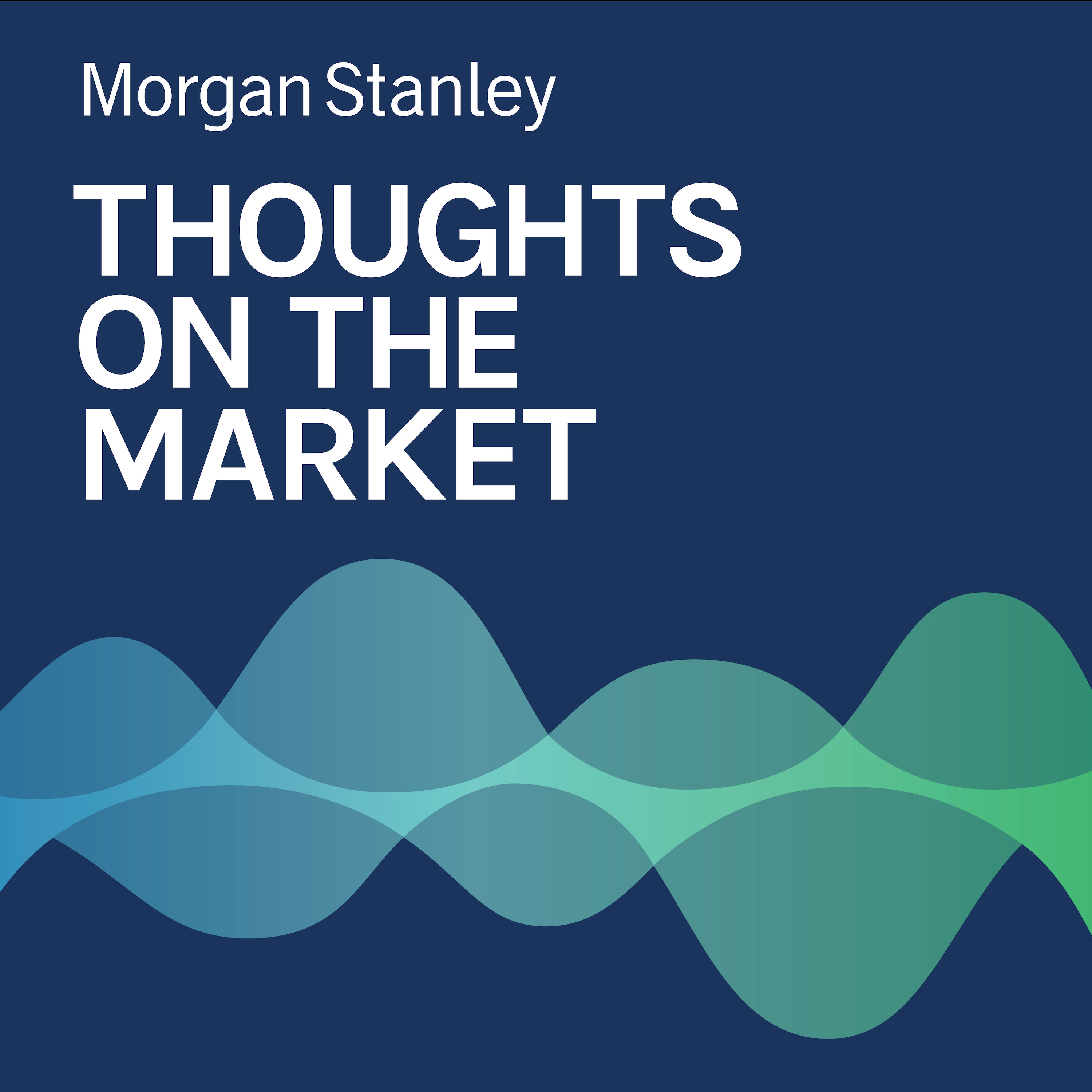Why Credit Markets Like Moderation

Our Head of Corporate Credit Research shares four reasons that he believes credit spreads are likely to stay near their current lows.
----- Transcript -----
Welcome to Thoughts on the Market. I'm Andrew Sheets, Head of Corporate Credit Research at Morgan Stanley. Along with my colleagues bringing you a variety of perspectives, today I'll be talking about why being negative credit isn\u2019t as obvious as it looks, despite historically low spreads.
It's Friday, July 19th at 2pm in London.
We\u2019re constructive on credit. We think the asset class likes moderation, and that\u2019s exactly what Morgan Stanley forecasts expect: moderate growth, moderating inflation and moderating policy rates. Corporate activity is also modest; and even though it\u2019s picking up, we haven\u2019t yet seen the really aggressive types of corporate behavior that tend to make bondholders unhappy.
Meanwhile, demand for the asset class is strong, and we think the start of Fed rate cuts in September could make it even stronger as money comes out of money market funds, looking to lock in current interest rates for longer in all sorts of bonds \u2013 including corporate bonds.
And so while spreads are low by historical standards, our call is that helpful fundamentals and demand will keep them low, at least for the time being.
But the question of credit\u2019s valuation is important. Indeed, one of the most compelling bearish arguments in credit is pretty straightforward: current spreads are near some of their lowest levels of several prior cycles. They\u2019ve repeatedly struggled to go lower. And if they can\u2019t go lower, positioning for spreads to go wider and for the market to go weaker, well, it would seem like pretty good risk/reward.
This is an extremely fair question! But there are four reasons why we think the case to be negative isn\u2019t as straightforward as this logic might otherwise imply.
First, a historical quirk of credit valuations is that spreads rarely trade at long-run average. They are often either much wider, in times of stress, or much tighter, in periods of calm. In statistical terms, spreads are bi-modal \u2013 and in the mid 1990s or mid 2000\u2019s, they were able to stay near historically tight levels for a pretty extended period of time.
Second, work by my colleague Vishwas Patkar and our US Credit Strategy team notes that, if you make some important adjustments to current credit spreads, for things like quality, bond price, and duration, current spreads don\u2019t look quite as rich relative to prior lows. Current investment grade spreads in the US, for example, may still be 20 basis points wider than levels of January 2020, right before the start of COVID.
Third, a number of the key buyers of corporate bonds at the moment are being driven by the level of yields, which are still high rather than spread, which are admittedly low. That could mean that demand holds up better even in the face of lower spreads.
And fourth, credit is what we\u2019d call a positive carry asset class: sellers lose money if nothing in the market changes. That\u2019s not the case for US Treasuries, or US Equities, where those who are negative \u2013 or short \u2013 will profit if the market simply moves sideways. It\u2019s one more factor that means that, while spreads are low, we\u2019re mindful that being negative too early can still be costly. It\u2019s not as simple as it looks.
Thanks for listening. If you enjoy the show, please leave us a review wherever you listen and share Thoughts on the Market with a friend or colleague today.